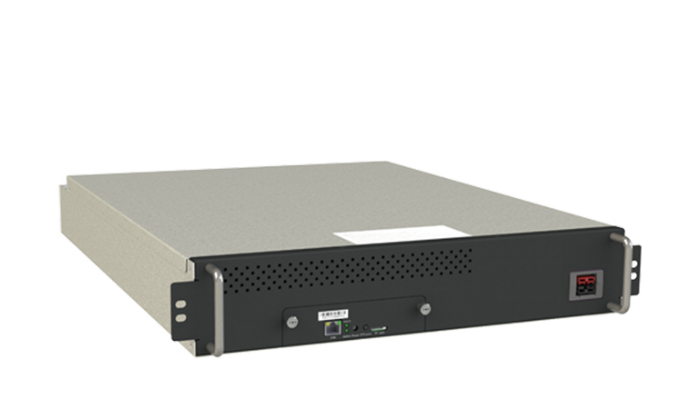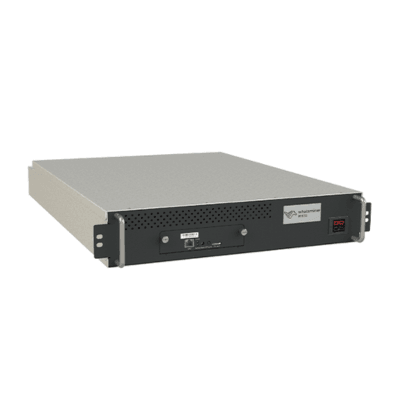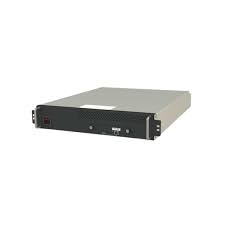Whatsminer M63S Hydro Bitcoin Miner Troubleshooting Guide
The Whatsminer M63S Hydro represents the cutting edge of Bitcoin mining technology, offering unparalleled performance and innovative cooling solutions. With a remarkable hashrate of 390 TH/s, this enterprise-grade miner is designed for large-scale operations, delivering efficiency and reliability. However, like any sophisticated piece of equipment, the M63S Hydro can encounter operational issues that require troubleshooting. This guide provides practical insights and solutions to help mining operators maximize the performance and longevity of their M63S Hydro miners.
Understanding the Whatsminer M63S Hydro
Before diving into troubleshooting, it’s essential to understand the key features and design principles of the M63S Hydro:
- Advanced Hydro Cooling System: Unlike traditional air-cooled miners, the M63S Hydro uses a liquid cooling system that requires approximately 1 liter of coolant per unit. This system ensures superior thermal management, allowing the miner to operate efficiently in a wide range of environmental conditions (5-45°C and 5-95% humidity).
- Robust Construction: Built for enterprise deployment, the miner features a 4U blade rack-mountable design with dimensions of 483 x 663 x 86mm and a weight of 27.5kg. Its industrial-grade power specifications support 380-480V input through a 16A cable, consuming 7215W during operation.
- Optimized for Bitcoin Mining: The SHA-256 algorithm ensures maximum efficiency for Bitcoin mining, making it a top choice for professional mining operations.
With these features in mind, let’s explore common issues and their solutions.
Common Issues and Troubleshooting Steps
1. Overheating or Cooling System Failure
Despite the advanced hydro cooling system, overheating can still occur if the coolant level is insufficient or the system is not properly maintained.
Symptoms:
- High chip temperatures (above 85°C).
- Reduced hashrate or frequent shutdowns.
- Unusual noises from the cooling system.
Solutions:
- Check Coolant Levels: Ensure the coolant reservoir is filled to the recommended level (approximately 1 liter).
- Inspect for Leaks: Examine the cooling system for any signs of leakage. If a leak is detected, contact the manufacturer or authorized service provider immediately.
- Clean the Cooling System: Dust or debris can clog the cooling system. Regularly clean the coolant lines and radiator to maintain optimal performance.
- Monitor Ambient Temperature: Ensure the miner operates within the specified temperature range (5-45°C).
2. Power Supply Issues
The M63S Hydro requires a stable power supply to function efficiently. Power fluctuations or improper connections can lead to operational issues.
Symptoms:
- Miner fails to power on.
- Frequent reboots or instability.
- Error messages related to power supply.
Solutions:
- Verify Voltage Input: Ensure the power supply matches the miner’s specifications (380-480V).
- Check Power Cables: Inspect the 16A power cable for damage or loose connections. Replace if necessary.
- Use a UPS: A backup power supply can protect the miner from sudden power outages or fluctuations.
- Monitor Power Consumption: The miner consumes 7215W during operation. Ensure your power infrastructure can handle this load without overloading circuits.
3. Connectivity Problems
Reliable internet connectivity is crucial for the miner to communicate with the mining pool and perform optimally.
Symptoms:
- Miner is offline or not connecting to the mining pool.
- Frequent disconnections.
- Low accepted shares despite normal hashrate.
Solutions:
- Check Ethernet Cable: Ensure the Ethernet cable is securely connected and undamaged.
- Restart the Router: Sometimes, the issue lies with the network. Restarting the router can resolve connectivity problems.
- Ping the Miner: Use a network monitoring tool to ping the miner’s IP address and check for packet loss or latency.
- Update Firmware: Outdated firmware can cause connectivity issues. Check for updates on the manufacturer’s website and install them as needed.
4. Hashrate Drops or Inconsistent Performance
A sudden drop in hashrate or inconsistent performance can significantly impact mining profitability.
Symptoms:

- Hashrate below the advertised 390 TH/s.
- Frequent fluctuations in performance.
- Increased power consumption without corresponding output.
Solutions:

- Check Cooling System: Overheating is a common cause of reduced hashrate. Ensure the hydro cooling system is functioning correctly.
- Inspect ASIC Chips: Faulty chips can affect performance. Use diagnostic tools to identify and replace defective chips.
- Optimize Mining Pool Settings: Ensure the miner is configured to connect to a reliable and low-latency mining pool.
- Monitor Environmental Conditions: Excessive dust, humidity, or temperature fluctuations can impact performance.
5. Noise or Vibration Issues
While the hydro cooling system is quieter than traditional air-cooled systems, unusual noises or vibrations can indicate underlying problems.

Symptoms:
- Loud grinding or rattling noises.
- Excessive vibration during operation.
Solutions:
- Inspect Fans and Pumps: Noise often originates from malfunctioning fans or pumps. Check these components and replace them if necessary.
- Secure Mounting: Ensure the miner is securely mounted in the rack to minimize vibrations.
- Check for Loose Components: Open the miner and inspect for any loose screws or parts that may cause noise.
Preventive Maintenance Tips
To minimize downtime and ensure long-term performance, follow these preventive maintenance practices:
- Regular Coolant Checks: Monitor coolant levels weekly and top up as needed.
- System Cleaning: Clean the miner and cooling system monthly to remove dust and debris.
- Firmware Updates: Stay updated with the latest firmware to benefit from performance improvements and bug fixes.
- Environmental Monitoring: Maintain optimal temperature and humidity levels in the mining facility.
- Professional Servicing: Schedule periodic inspections by authorized technicians to detect and resolve potential issues early.
Conclusion
The Whatsminer M63S Hydro is a powerhouse in the Bitcoin mining industry, offering unmatched performance and efficiency. By understanding its advanced features and following this troubleshooting guide, mining operators can address common issues effectively and maximize their return on investment.

Remember, regular maintenance and proactive monitoring are key to ensuring the longevity and reliability of your mining equipment. With proper care, the M63S Hydro will continue to deliver exceptional results, making it a cornerstone of any professional mining operation.
Whether you’re a seasoned miner or new to the industry, this guide equips you with the knowledge to keep your Whatsminer M63S Hydro running at peak performance. Happy mining!